A. M. Kondoz0470870087, 9780470870082, 9781423717584
It has a number of new and updated chapters that advance the principles laid out in the first edition and bring the technology described completely up-to-date. New chapters include: ‘Harmonic Coders’ ‘Integration of harmonic and analysis by synthesis coders’ ‘Voice Activity Detection’ ‘Speech Enhancement’
It is the only book available that covers all these areas in a single text that is ideal for practising communications engineers, researchers and developers of communications systems and senior undergraduate students in electrical and electronic engineering.
Table of contents :
Digital Speech……Page 3
Contents……Page 9
Preface……Page 15
Acknowledgements……Page 17
1 Introduction……Page 19
2.1 Introduction……Page 23
2.2 Speech Coding Techniques……Page 24
2.2.1 Parametric Coders……Page 25
2.2.3 Hybrid Coding of Speech……Page 26
2.3.1 Quality and Capacity……Page 27
2.3.3 Channel and Background Noise Robustness……Page 28
2.3.6 Voiceband Data Handling……Page 29
2.4.1 ITU-T Speech Coding Standard……Page 30
2.4.2 European Digital Cellular Telephony Standards……Page 31
2.4.4 Secure Communication Telephony……Page 32
2.4.6 Selection of a Speech Coder……Page 33
Bibliography……Page 36
3.2 Sampling……Page 41
3.3 Scalar Quantization……Page 44
3.3.1 Quantization Error……Page 45
3.3.2 Uniform Quantizer……Page 46
3.3.3 Optimum Quantizer……Page 47
3.3.4 Logarithmic Quantizer……Page 50
3.3.5 Adaptive Quantizer……Page 51
3.3.6 Differential Quantizer……Page 54
3.4 Vector Quantization……Page 57
3.4.1 Distortion Measures……Page 60
3.4.2 Codebook Design……Page 61
3.4.3 Codebook Types……Page 62
3.4.4 Training, Testing and Codebook Robustness……Page 70
Bibliography……Page 72
4.2 Short-Time Spectral Analysis……Page 75
4.2.1 Role of Windows……Page 76
4.3.1 Source Filter Model of Speech Production……Page 83
4.3.2 Solutions to LPC Analysis……Page 85
4.3.3 Practical Implementation of the LPC Analysis……Page 92
4.4.1 Periodicity in Speech Signals……Page 95
4.4.2 Pitch Predictor (Filter) Formulation……Page 96
Bibliography……Page 102
5.2 Alternative Representation of LPC……Page 105
5.3 LPC to LSF Transformation……Page 108
5.3.2 Real Root Method……Page 113
5.3.3 Ratio Filter Method……Page 116
5.3.5 Adaptive Sequential LMS Method……Page 118
5.4.1 Direct Expansion Method……Page 119
5.4.2 LPC Synthesis Filter Method……Page 120
5.5 Properties of LSFs……Page 121
5.6 LSF Quantization……Page 123
5.6.2 Spectral Distortion……Page 124
5.6.4 MSE Weighting Techniques……Page 125
5.7 Codebook Structures……Page 128
5.7.1 Split Vector Quantization……Page 129
5.7.2 Multi-Stage Vector Quantization……Page 131
5.7.3 Search strategies for MSVQ……Page 132
5.7.4 MSVQ Codebook Training……Page 134
5.8.2 Search Techniques……Page 135
5.8.3 Perceptual Weighting Techniques……Page 137
5.9 Inter-frame Correlation……Page 139
5.9.1 LSF Prediction……Page 140
5.9.2 Prediction Order……Page 142
5.9.3 Prediction Factor Estimation……Page 143
5.9.4 Performance Evaluation of MA Prediction……Page 144
5.9.5 Joint Quantization of LSFs……Page 146
5.9.6 Use of MA Prediction in Joint Quantization……Page 147
5.10 Improved LSF Estimation Through Anti-Aliasing Filtering……Page 148
5.10.1 LSF Extraction……Page 149
5.10.2 Advantages of Low-pass Filtering in Moving Average Prediction……Page 153
Bibliography……Page 164
6.1 Introduction……Page 167
6.2 Pitch Estimation Methods……Page 168
6.2.1 Time-Domain PDAs……Page 169
6.2.2 Frequency-Domain PDAs……Page 173
6.2.3 Time- and Frequency-Domain PDAs……Page 176
6.2.4 Pre- and Post-processing Techniques……Page 184
6.3.1 Hard-Decision Voicing……Page 196
6.3.2 Soft-Decision Voicing……Page 207
6.4 Summary……Page 214
Bibliography……Page 215
7.1 Introduction……Page 217
7.2 Generalized AbS Coding……Page 218
7.2.1 Time-Varying Filters……Page 220
7.2.2 Perceptually-based Minimization Procedure……Page 221
7.2.3 Excitation Signal……Page 224
7.2.4 Determination of Optimum Excitation Sequence……Page 226
7.2.5 Characteristics of AbS-LPC Schemes……Page 230
7.3 Code-Excited Linear Predictive Coding……Page 237
7.3.1 LPC Prediction……Page 239
7.3.2 Pitch Prediction……Page 240
7.3.3 Multi-Pulse Excitation……Page 248
7.3.4 Codebook Excitation……Page 256
7.3.5 Joint LTP and Codebook Excitation Computation……Page 270
7.3.6 CELP with Post-Filtering……Page 273
Bibliography……Page 276
8.1 Introduction……Page 279
8.2 Sinusoidal Analysis and Synthesis……Page 280
8.3 Parameter Estimation……Page 281
8.3.1 Voicing Determination……Page 282
8.3.2 Harmonic Amplitude Estimation……Page 284
8.4.1 Sinusoidal Transform Coding……Page 286
8.4.2 Improved Multi-Band Excitation, INMARSAT-M Version……Page 288
8.4.3 Split-Band Linear Predictive Coding……Page 289
Bibliography……Page 293
9.1 Introduction……Page 295
9.2 Design Challenges of a Hybrid Coder……Page 298
9.3 Summary of Hybrid Coders……Page 299
9.3.2 Combined Harmonic and Waveform Coding at Low Bit-Rates……Page 300
9.3.3 A 4 kb/s Hybrid MELP/CELP Coder……Page 301
9.3.4 Limitations of Existing Hybrid Coders……Page 302
9.4 Synchronized Waveform-Matched Phase Model……Page 303
9.4.1 Extraction of the Pitch Pulse Location……Page 304
9.4.2 Estimation of the Pitch Pulse Shape……Page 310
9.4.3 Synthesis using Generalized Cubic Phase Interpolation……Page 315
9.5 Hybrid Encoder……Page 316
9.5.1 Synchronized Harmonic Excitation……Page 317
9.5.2 Advantages and Disadvantages of SWPM……Page 319
9.5.3 Offset Target Modification……Page 322
9.5.4 Onset Harmonic Memory Initialization……Page 326
9.5.5 White Noise Excitation……Page 327
9.6 Speech Classification……Page 329
9.6.1 Open-Loop Initial Classification……Page 330
9.6.2 Closed-Loop Transition Detection……Page 333
9.6.3 Plosive Detection……Page 336
9.7 Hybrid Decoder……Page 337
9.8 Performance Evaluation……Page 338
9.9.1 Introduction……Page 340
9.9.3 Harmonic Excitation Quantization……Page 341
9.10 Variable Bit Rate Coding……Page 349
9.10.2 Transition Quantization with 6 kb/s ACELP……Page 350
9.10.3 Transition Quantization with 8 kb/s ACELP……Page 351
9.10.4 Comparison……Page 352
9.11 Acoustic Noise and Channel Error Performance……Page 354
9.11.1 Performance under Acoustic Noise……Page 355
9.11.2 Performance under Channel Errors……Page 363
9.11.3 Performance Improvement under Channel Errors……Page 367
9.12 Summary……Page 368
Bibliography……Page 369
10.1 Introduction……Page 375
10.2 Standard VAD Methods……Page 378
10.2.2 ETSI GSM-FR/HR/EFR VAD……Page 379
10.2.3 ETSI AMR VAD……Page 380
10.2.4 TIA/EIA IS-127/733 VAD……Page 381
10.2.5 Performance Comparison of VADs……Page 382
10.3 Likelihood-Ratio-Based VAD……Page 386
10.3.1 Analysis and Improvement of the Likelihood Ratio Method……Page 388
10.3.3 Comparison……Page 391
Bibliography……Page 393
11.1 Introduction……Page 397
11.2 Review of STSA-based Speech Enhancement……Page 399
11.2.1 Spectral Subtraction……Page 400
11.2.2 Maximum-likelihood Spectral Amplitude Estimation……Page 402
11.2.3 Wiener Filtering……Page 403
11.2.4 MMSE Spectral Amplitude Estimation……Page 404
11.2.5 Spectral Estimation Based on the Uncertainty of Speech Presence……Page 405
11.2.6 Comparisons……Page 407
11.2.7 Discussion……Page 410
11.3.1 Hard Decision-based Noise Adaptation……Page 420
11.3.3 Mixed Decision-based Noise Adaptation……Page 421
11.3.4 Comparisons……Page 422
11.4 Echo Cancellation……Page 424
11.4.1 Digital Echo Canceller Set-up……Page 429
11.4.2 Echo Cancellation Formulation……Page 431
11.4.3 Improved Performance Echo Cancellation……Page 433
11.5 Summary……Page 441
Bibliography……Page 444
Index……Page 447
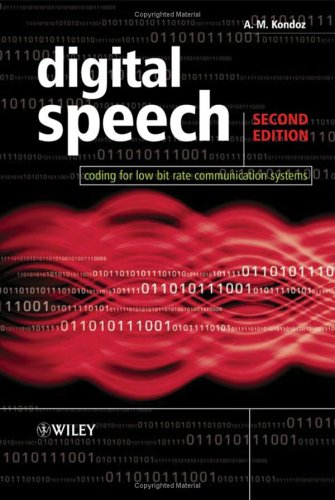
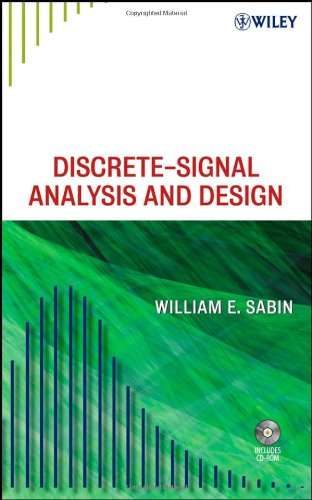
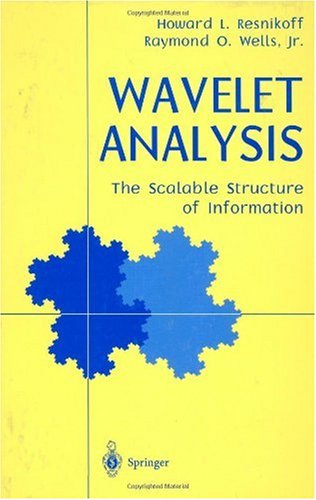
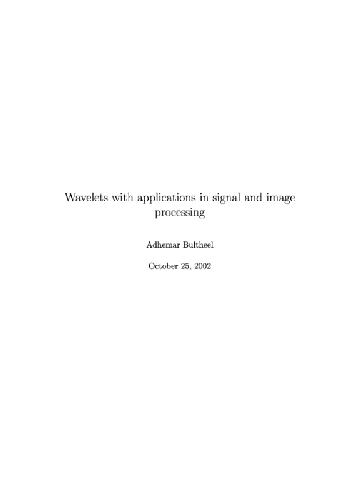
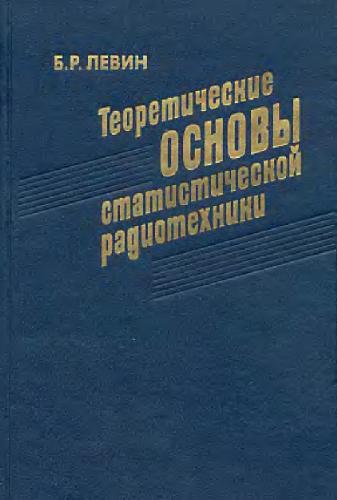
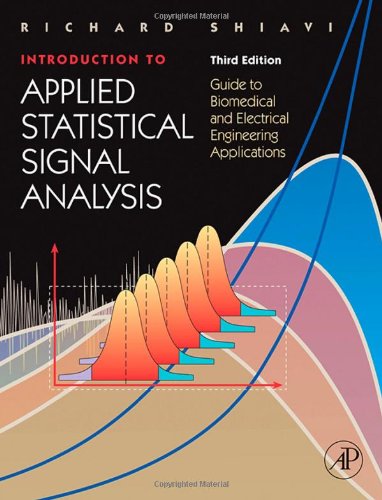
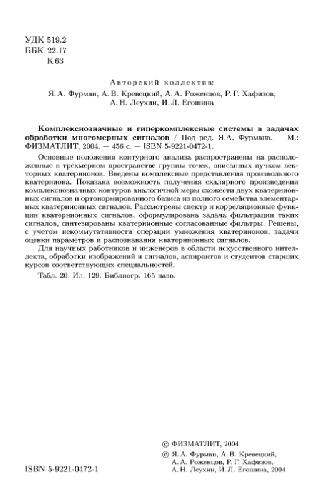
Reviews
There are no reviews yet.